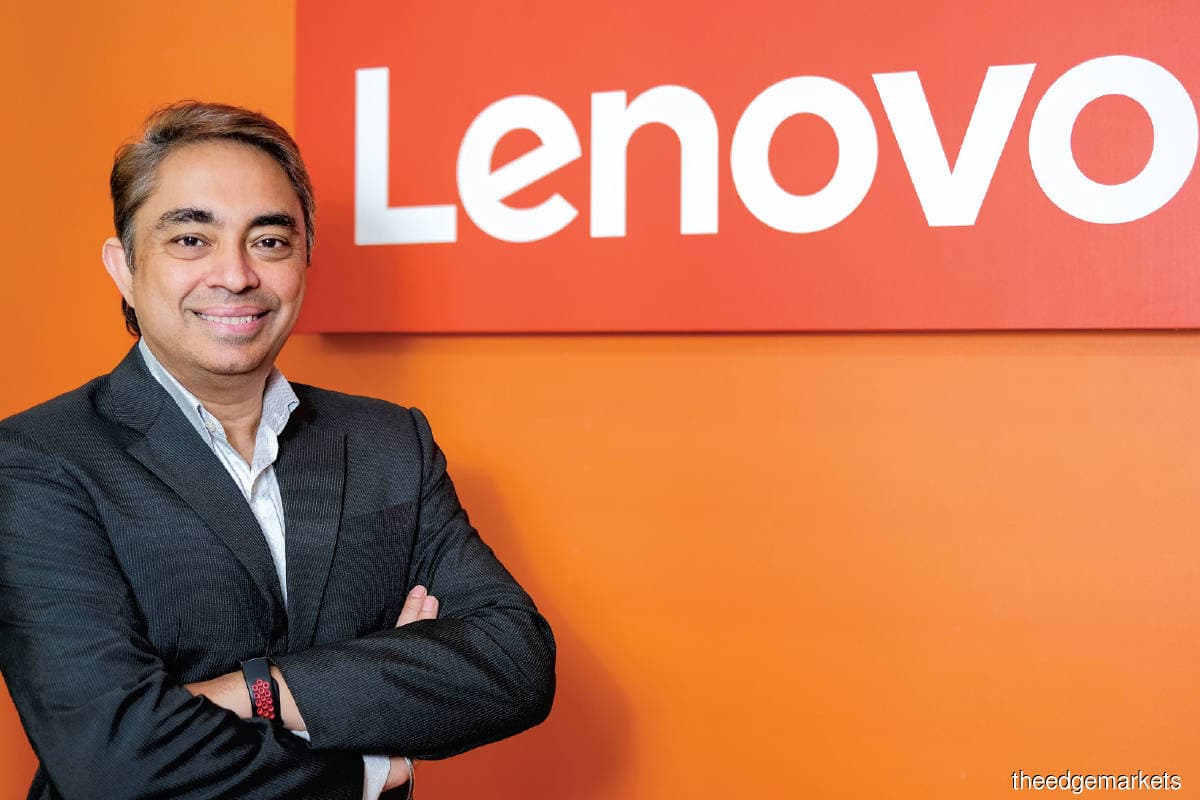
This article first appeared in Digital Edge, The Edge Malaysia Weekly on August 2, 2021 - August 8, 2021
Producers of electrical and electronic devices can play a huge role in preventing e-waste from being dumped into landfills. Instead of relying on consumers to seek out licensed recyclers, these companies can implement a take-back service for devices after use, so they can be properly recycled or refurbished.
In fact, the global trend is for technology companies to transform from being device sellers to service providers. So, instead of selling devices in one-off transactions, the companies will charge a fee to provide the hardware, maintenance service and recovery at the end of the device’s useful life. However, most of these service providers currently focus only on commercial customers.
Lenovo, for one, formed a new Solutions and Services Group earlier this year to go beyond its status as a global device company. Other companies such as HP and Dell have also introduced similar solutions.
The Lenovo Asset Recovery Service (ARS) is a key component of Lenovo Services. ARS is only available to Lenovo’s commercial customers, who will work with the company to develop a sustainable disposal strategy for any technology hardware.
“We aim to help customers dispose of unwanted devices responsibly and profitably. At the same time, the end-to-end solution allows for the mitigation of any environmental and data security risks associated with end-of-life asset disposal,” says Varinderjit Singh, general manager of Lenovo Malaysia.
Another solution it has is Lenovo Device as a Service (DaaS), where customers pay a monthly fee to access hardware devices, software, security and asset recovery. The model is aligned with circular economy principles, as it ensures that the devices are recovered at their end of life.
“It ensures employees have the right devices for their job, and the employer only pays for what the company needs, so the company can adopt a more manageable cash-flow solution,” says Varinderjit.
He observes that there has been increasing interest and awareness among its commercial customers of such asset recovery solutions. But more has to be done in Malaysia, given the low recycling rate. The director-general of the Department of Environment was quoted in February as saying that proper e-waste management can divert up to 56,000 tonnes of e-waste from landfills a year, according to Bernama.
Why are some businesses hesitant to adopt an asset recovery strategy? Varinderjit believes it could be due to a misconception that recycling e-waste is expensive. But it doesn’t have to be, as long as businesses opt for cost-effective and reputable recycling programmes, he says. Having technology companies such as Lenovo handle the process could be advantageous too.
Varinderjit suggests that low awareness of asset recovery services is another factor. Additionally, there are fears of data leaks from devices that are not disposed of properly.
“While most employees can format a hard drive, that is not enough to prevent old data from being recovered by talented criminals. Using an e-waste removal and destruction company ensures that any data on those hard drives is impossible to recover, as it is professionally reformatted or physically destroyed,” he says.
After Lenovo collects the used devices, its customers can choose to fully recycle them or resell them through third-party vendors. The customers still have full control over what happens to the parts.
“We work closely with our global technology lifecycle partner TES for the collection and recycling process,” says Varinderjit, adding that these processes comply with internationally recognised recycling and sustainable disposal standards. These include data destruction standards that adhere to those set by the US Department of Defense.
Apart from sustainably managing the end of life of devices, another thing that technology companies can take charge of is how they build the devices. Again, various companies have been taking steps to make their devices more energy efficient, utilising recycled materials and designing them for easy disassembly and recycling.
Some companies such as Asus say their products need to be easily disassembled using common tools, in adherence to Annex II of the European Union Waste from Electrical and Electronic Equipment Directive.
Meanwhile, Lenovo works with trusted suppliers to ensure all its products can be recycled. Its suppliers have to meet environmental specifications such as using a minimum amount of recycled and recovered fibre, providing proper recycling labels and avoiding banned materials.
Varinderjit says Lenovo is committed to using recycled plastics in the manufacturing of notebooks, desktops, workstations, monitors and accessories. The amount of recycled material in the Lenovo Numeric Keypad and professional wireless keyboard is 65%, while the USB-C Dock Gen2 has 25% recycled materials.
“Today, Lenovo uses closed loop post-consumer recycled content in 66 products and has used more than 9.5 million kilogrammes (gross) of this content. This is part of our overall use of post-consumer recycled content, which has amounted to 109 million kilogrammes (gross) since 2005,” he says.
Closed loop post-consumer recycled content refers to materials sourced from end-of-life IT equipment.
Save by subscribing to us for your print and/or digital copy.
P/S: The Edge is also available on Apple's AppStore and Androids' Google Play.
